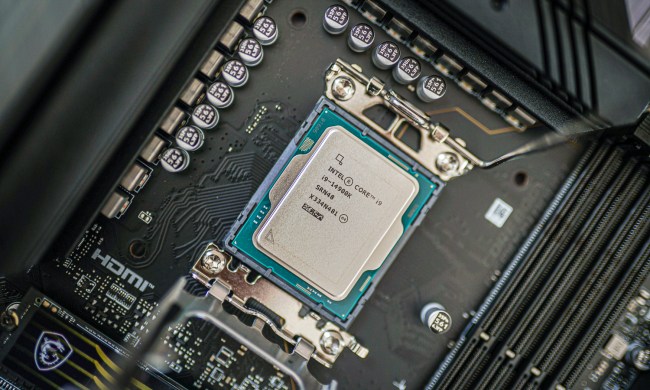The U.S. Department of Interior (DoI) has essentially banned Chinese-made drones and drone parts because of the fear of these drones’ potential to be used for spying.
The Wall Street Journal reports that the new no-fly rule, which takes effect immediately, is explicitly aimed at foreign-made drones and that the only fly exceptions would be for responding to natural disasters or other emergencies.
The DoI’s announcement on Wednesday reportedly directs officials to favor drones made in the U.S. instead of Chinese-made ones. Some of the drones that the DoI uses are made by the widely popular China drone company, DJI. The company is known for drone models like the Mavic, Spark, and Phantom, and is a leader in civilian drones.

DJI made an official statement about DoI’s no-fly policy on Chinese-made drones, saying it is disappointed with the decision.
“We are opposed to the politically motivated country of origin restrictions masquerading as cybersecurity concerns and call for policymakers and industry stakeholders to create clear standards that will give commercial and government drone operators the assurance they need to confidently evaluate drone technology on the merits of performance, security and reliability, no matter where it is made,” the statement said.
In October, the DoI grounded 800 Chinese-made drones over similar security concerns that the machines could be used to send sensitive data to China. Ultimately, this grounding was the first step that eventually led to Wednesday’s announcement of the no-fly policy.
Overall, the Federal Aviation Administration (FAA) has the most control over drones and requires everyone who plans to fly a drone — including government agencies—to acquire the proper authorization before they can operate.
According to Reuters, there are nearly 1.3 million registered drones with the FAA in the United States, and more than 116,000 registered drone operators. It is not known how many of those registered drones are Chinese-made.
Government officials have urged the FAA to put more restrictions on Chinese-made drones. In December, five Republican senators wrote a letter to the FAA to exclude Chinese drones from future partnerships due to national security concerns.
Digital Trends reached out to the FAA to see if it shares the same concerns as the DoI and other officials about Chinese-made drones and if there would ever be a potential ban on them. We will update this story once we hear back.



